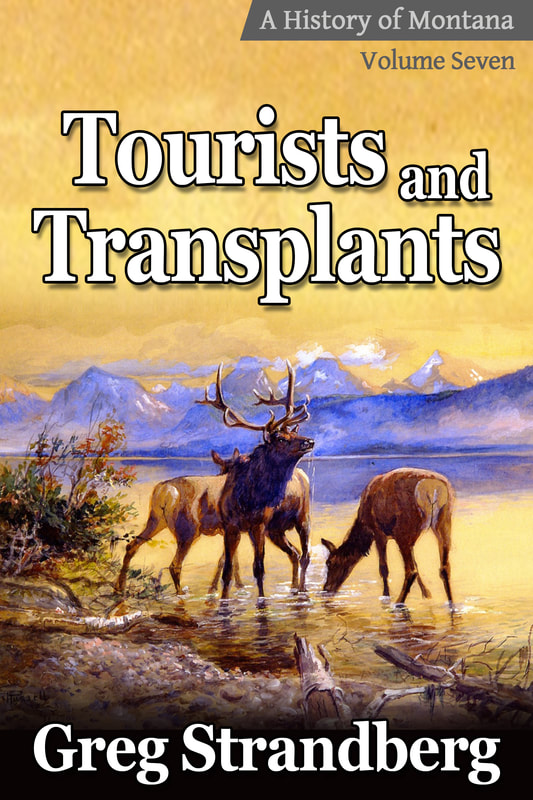Jobs: He threw 56,000 people out of work, or 24% of the state’s workforce. Around 20,000 have been able to return to work, meaning 36,000 are still shit out of luck. Bullock’s dilemma: Open up the economy more, letting people work and thus increasing his electoral chances in November...or keep things in Phase 2 perpetually, hurting his chances, but also possibly hurting Trump’s? And what of the possible backlash from either side...with Dems saying he’s opening too quickly (which could help Trump), and the GOP saying he’s keeping things closed too long. And where do Independents stand?
Coattails: Trump’s are long and Biden’s are so-far nonexistent. For instance, Trump’s rally in Oklahoma this coming Saturday is being held in a venue that holds 20,000. As of yesterday 800,000 had signed-up to attend and I suspect it’s passed one million by now. Meanwhile, Biden isn’t holding rallies...and if he were, he wouldn’t get a fraction of what Trump’s getting. To offset that argument, Biden will claim he’s not holding rallies because it’s not safe to do so.
Stages: Idaho is in Stage 4 of reopening, while Montana shows no signs of coming out of Stage 2 this month or even next month. On our other border, North Dakota never shut down and South Dakota didn’t either. Wyoming never shut down. Those states are fine. That’ll filter into the consciousness of Montanans the longer Bullock keeps us closed, and they’ll resent it.
CARES Act Incompetence: 82 days ago we learned that Montana would get $1.25 billion in federal CARES Act money. Last week we learned that just $24 million of that has been handed out. So for two months, Bullock sat on that money while families suffered and businesses fought to stay open. Why? I don’t know, but I suspect Daines will ask that question over and over during the campaign.
Money: Bullock has $6 million, Daines has $9 million.
No In-State Support: 90% of Bullock's money comes from out-of-state.
PACs: Daines received $2.6 million from PACs so far, Bullock has received $200,000. Daines got 1,200 donations from his PACs, Bullock got just 44 from his. Daines has the support of the organized, national PAC groups. Bullock has the support of various senators’ leadership PACs. The difference is huge. Group PACs can take from individuals and corporations and they dole-it out through their organization. Leadership PACs are controlled by just one senator and their staff. The former relies on complex organizational structures to raise and give money; the latter relies on a cult of personality around a single individual...one that may or may not be in Congress a year or two from now. By relying on leadership PACs, Bullock can stick to the spurious campaign promise that he won't take "a dime of corporate PAC money." But his claim that he won't "answer to party bosses" is false, as they control the purse strings of the leadership PACs he's relying upon.
3 Ways Bullock Might Win
One Early Poll: A poll of 738 Montanans taken last month had Bullock ahead of Daines by 7 points.
China: America is separating from China. We’re going to make more things here. The bicycle shortage hitting the world but especially the US? It’s because we stopped making things here, shipped those factory jobs to China. Steve Daines got his start in business this way. It was once his greatest strength; now it’s his greatest weakness. Will Bullock and his PACs exploit that weakness? I’m counting on it.
History: Montana has a long history of sending liberals to Washington so they can bring home the bacon. That could continue this year. Historian Michael Malone called the trend of sending liberals to Washington while keeping conservatives at home “political schizophrenia.” He explained how that process worked 100 years ago, and it’s changed little since:
“It can be explained in part by the special heed that corporate interests paid to such state issues as regulation and taxation, as well as to the fact that labor-liberal power blocs were concentrated in a few urban locales, such as Butte, Great Falls, and Missoula. This enabled them to accumulate their strength in statewide contests, but they could not often control local rural contests. Conservatives on the other hand, reached more broadly and easily into every legislative district.” (Malone, 100 Year in Pictures, p 11)

